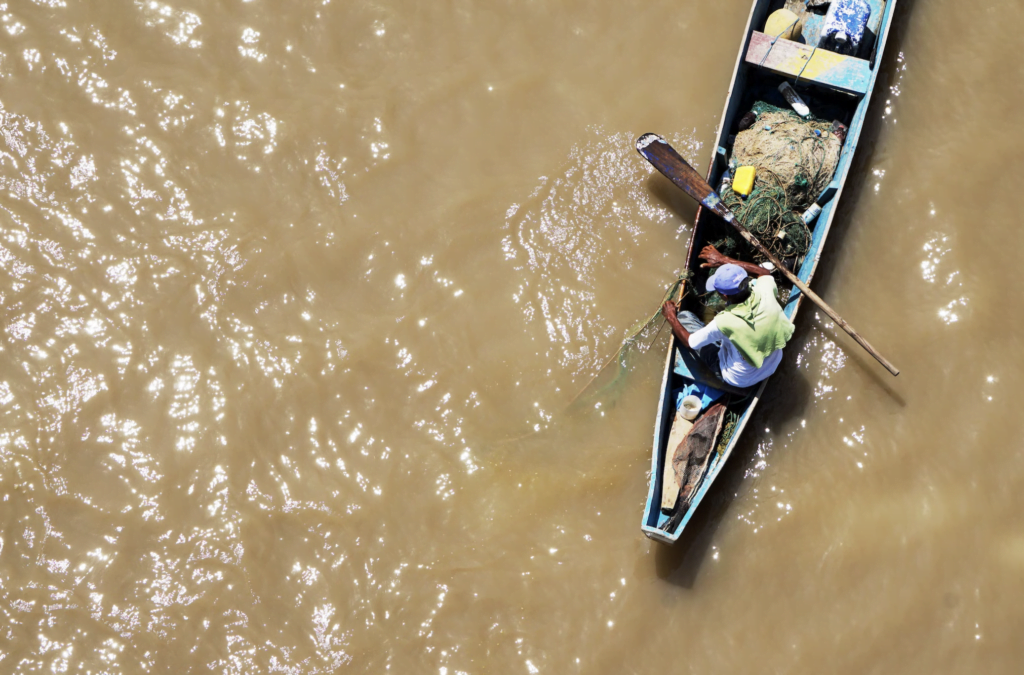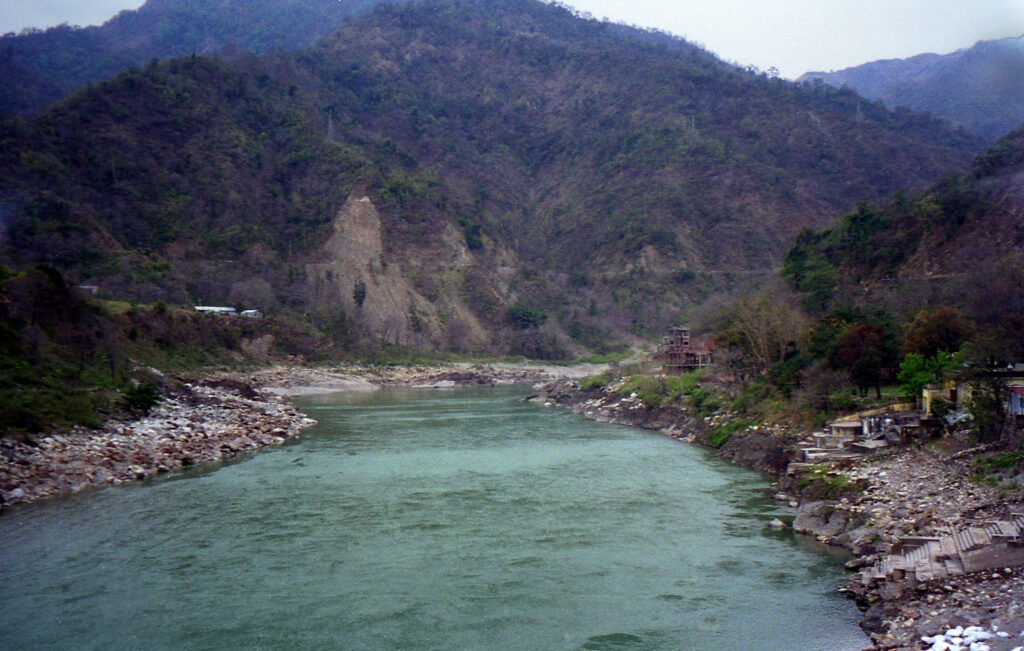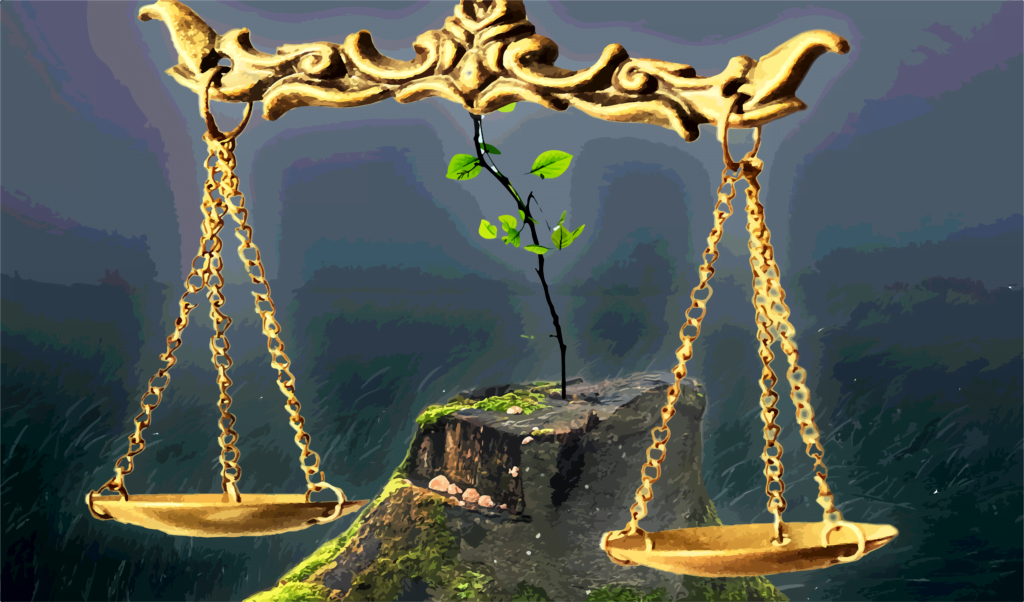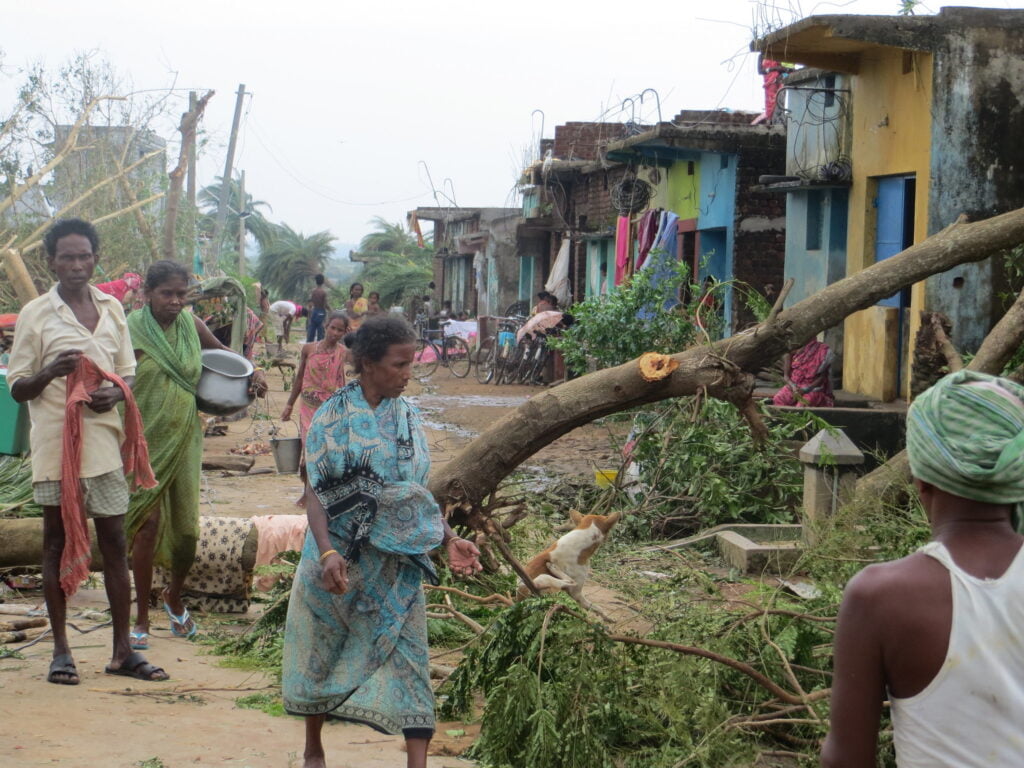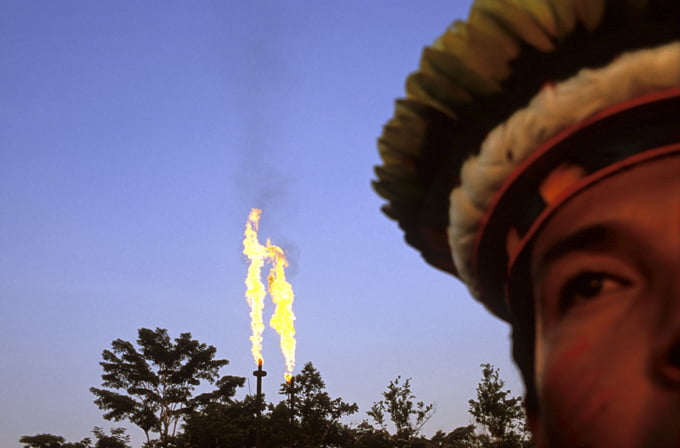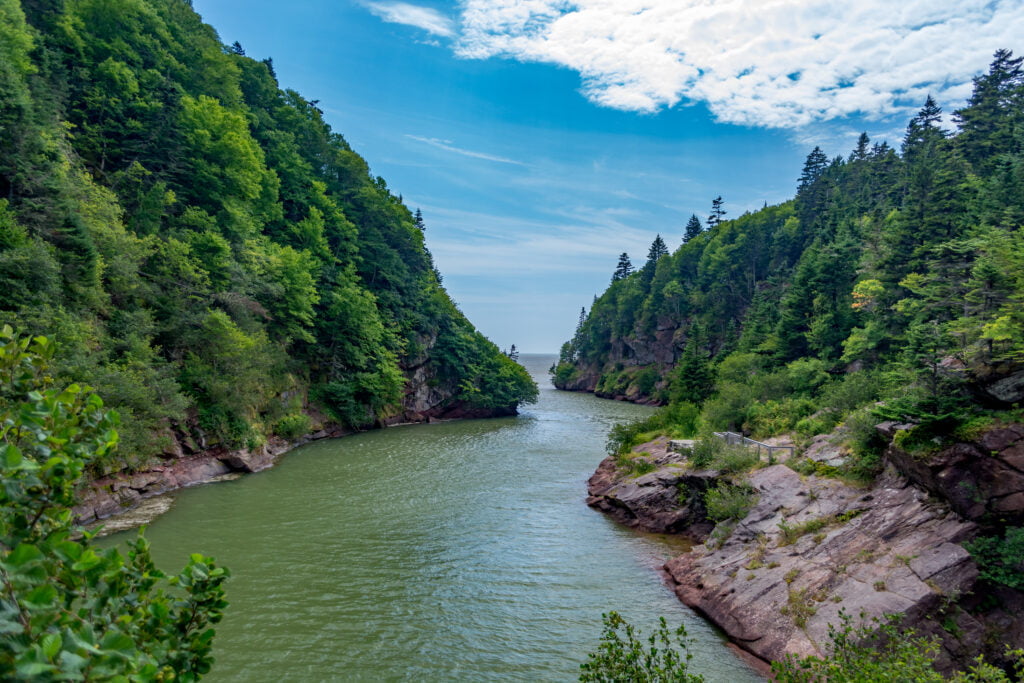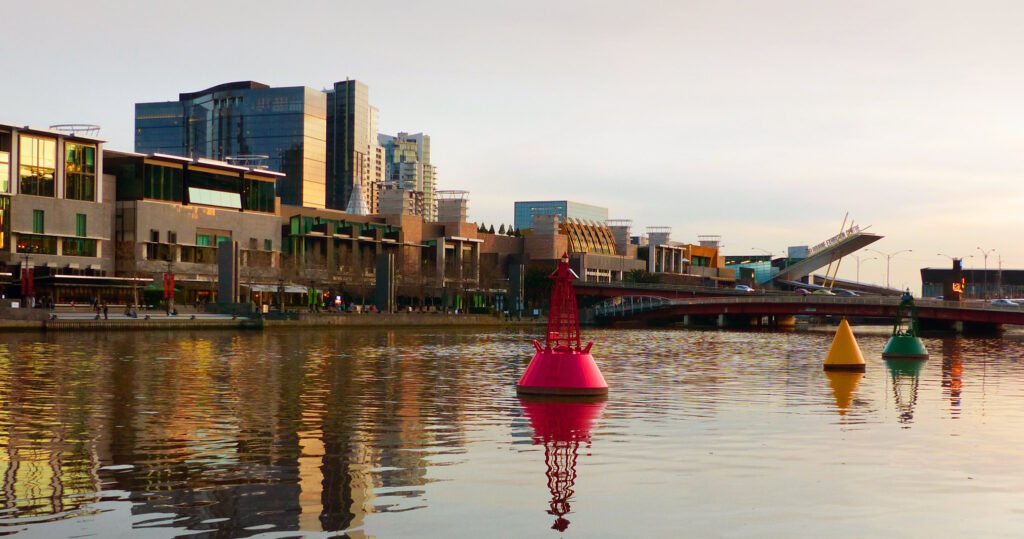Some experts are proposing that nature has rights, like human rights. But to do that, we first have to define what ‘nature’ really is.
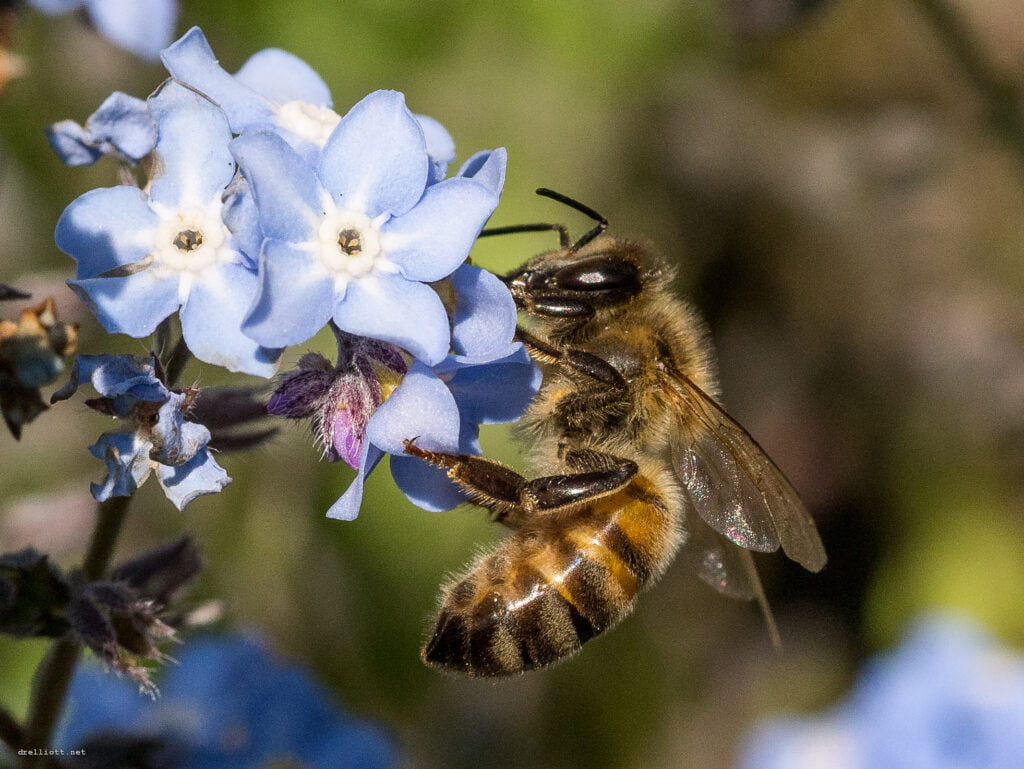 Should this insect have legal rights? : David Elliott/Flickr CC 2.0
Should this insect have legal rights? : David Elliott/Flickr CC 2.0
Some experts are proposing that nature has rights, like human rights. But to do that, we first have to define what ‘nature’ really is.
Irene Garcia, advisor to the mayor of Curridabat, a town near San José, the capital of Costa Rica, wants to grant legal rights to bees. Not only bees, in fact, all pollinators of the plants that populate the city. Her proposed amendment is part of a growing movement that wants to give rights to nature. According to this idea, bees, rivers, and mountains should have rights just like humans. In a city, however, the boundary between what’s artificial and what’s nature becomes blurry, posing the question of which ‘nature’ in the ‘rights of nature’ should be protected.
Curridabat is one of more than 400 rights of nature initiatives in almost 40 countries around the world. Promoted mostly by local activists like Irene, the idea, developed in the 1970s and implemented since the mid-2000s, has entered national laws as well as multinational debates. In 2008, Ecuador became the first, and still only, country to enshrine the rights of nature in its constitution. “Nature … has the right to integral respect for its existence and for the maintenance and regeneration of its life cycles, structure, functions and evolutionary processes,” the constitution says. But as with more than two-thirds of all initiatives, ‘nature’ remains undefined.
While this might not seem to be a problem at first glance, on closer inspection, it becomes one. Nature is constantly changing. And for the past few centuries, humans have had a massive impact on this change. The United Nations estimates that humans have altered 77 percent of land and 87 percent of oceans. In 2020, the weight of human-made items exceeded the weight of all living beings. Add to this accelerating climate change, the looming mass extinction of species, and other planetary boundaries that are about to be crossed and it becomes clear why some want to name the contemporary geological epoch ‘the Anthropocene’ — the epoch of humans.
With nature an elusive concept, acknowledging the human place in the dynamics of nature can become tricky. To borrow a phrase from the late US Supreme Court Justice Potter Stewart, nature may be impossible to define, but most people think they know it when they see it.
Western societies commonly define nature as everything that is not human, creating a divide between artificial and natural. The same cultures, however, also believe humans are part of nature: any biologist will confirm that humans are animals. From just a Western perspective, four major overlapping, and contradicting, definitions of nature exist. The number rises, although not significantly, if non-Western worldviews are also considered.
Different definitions dictate what humans can and cannot do. Seeing humanity apart from nature encourages conservation efforts: touch it and you spoil it. Seeing humanity as a part of nature favours restoration efforts: touch it, but carefully.
But if humans are part of nature, perhaps we should simply get rid of dualistic mindsets. After all, the idea of wilderness has historically caused a lot of trouble. It is not so easy. Completely abandoning the human-nature dualism would make not only humans natural but also everything that humans do. The existence of climate change would be as natural as the lack of meaningful policies against it.
Besides, dualistic mindsets are not exclusive to the West. Many of the indigenous groups that actively supported the rights of nature in the Ecuadorian constitution follow the philosophy of Yanantin, a complementary dualism that envisions a more harmonious relationship, while still acknowledging a division.
Human-nature dualism is not the only sticking point for defining nature. Using nature to guide morality in human behaviour is random, at best, and detrimental, at worst. Individual animals are nature, but so are groups. Single entities are nature, so are processes. Nature is in balance but also in chaos. Nature is resilient but fragile; invasive and native; physical and spiritual.
Depending on the perspective, everything can be classified as being natural. A highway could be as natural as the national park through which it passes. The word means so many different things to different people that it is almost useless.
The fuzziness of what ‘nature’ is becomes particularly accentuated in urban settings. Cities are commonly defined as places exclusively built by and for humans. Just like a swallow building a nest, humans build the environments in which they thrive. But a growing number of scientists see urban nature as worth studying. Urban ecologists research spontaneous vegetation or urban wildlife.
The message is clear: cities would not be what they are without nature. Plants and animals, but also rivers and rocks are co-architects of these ecosystems. And while humans use technology to build their own habitat, nature uses it too. Those swallows use rafters and eaves as artificial substitutes for wild nesting places. As such, cities represent overlapping and shifting combinations of natural and built environments.
Cities are the places where a wide variety of interests are considered, debated, and balanced with each other. Applying the rights of nature in this context increases the number of relevant stakeholders. If given citizenship, the pollinators of Curridabat should be allowed to have their say in urban decision-making. With a right to the city that includes not only humans but also non-humans, clashes of interests are unavoidable.
The outlook of disagreements, however, should not keep anyone from advancing the idea of rights for nature. Clashes between different human rights — think of freedom and security — are commonplace but do not lead to us abandoning either. Some debates will lead to a preference for freedom, while others will favour security.
Every environmental protection effort implicitly or explicitly decides for one aspect of nature and against myriad others. The rights of nature in a human-altered world render this often unconscious bias more visible. The entangled realities of urban and human-altered natures deserve as much consideration as human-independent ones.
The balancing act of acknowledging both human and non-human stakeholders and creating an inclusive future requires a clear vision of what nature means. This does not require the need to settle for any specific definition. Just as the science of ecology has shown, many different approaches make for the best resilience to predictable or unpredictable catastrophes.
Introducing the rights of nature in political deliberations will make decision-making processes more complicated. Representatives will need to juggle a variety of interests, rights, and natures. At the same time, the decisions coming out of it are likely to be fairer and more just.
When thinking about pollinator citizenship, Irene is aware of this complexity. It does not change her mind. As with any historical expansion of who holds rights, she underlines the fact that it is all about justice in the end.
Alex Putzer is writing his dissertation on the rights of nature in urban environments at Sant’Anna School of Advanced Studies in Italy, with affiliations at MIT, UPenn, and The New School in the United States. He is a United Nations Harmony with Nature Expert and advises on initiatives in Europe and Latin America.
Originally published under Creative Commons by 360info™.
Editors Note: In the story “Rights of nature” sent at: 03/01/2023 12:16.
This is a corrected repeat.


